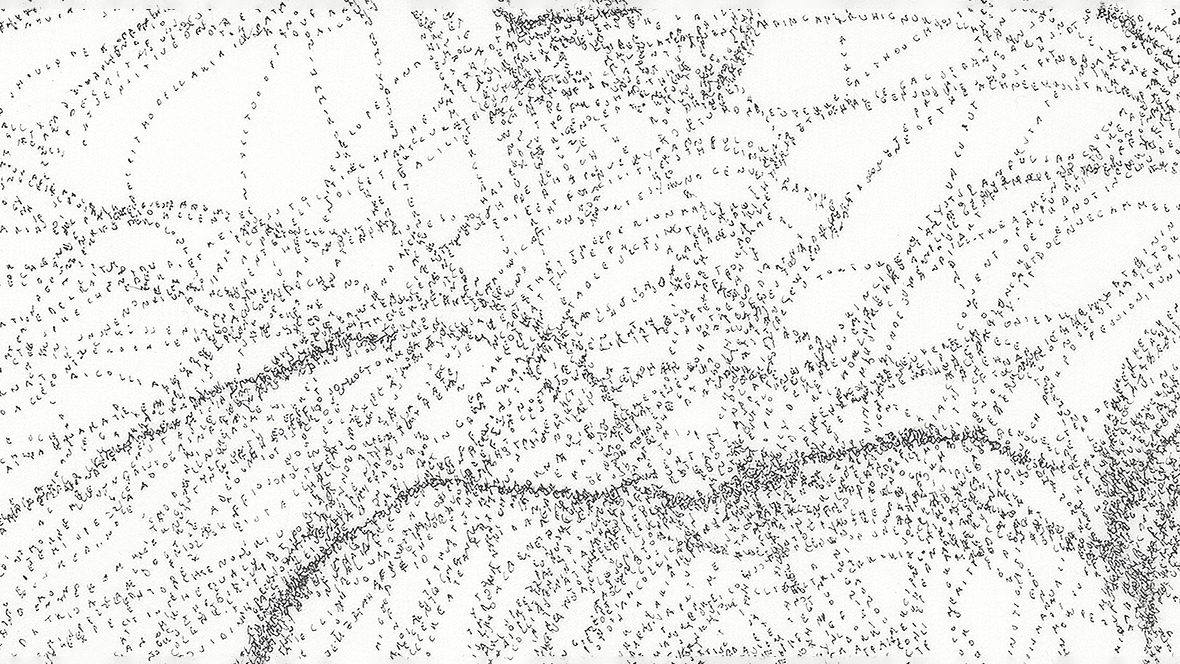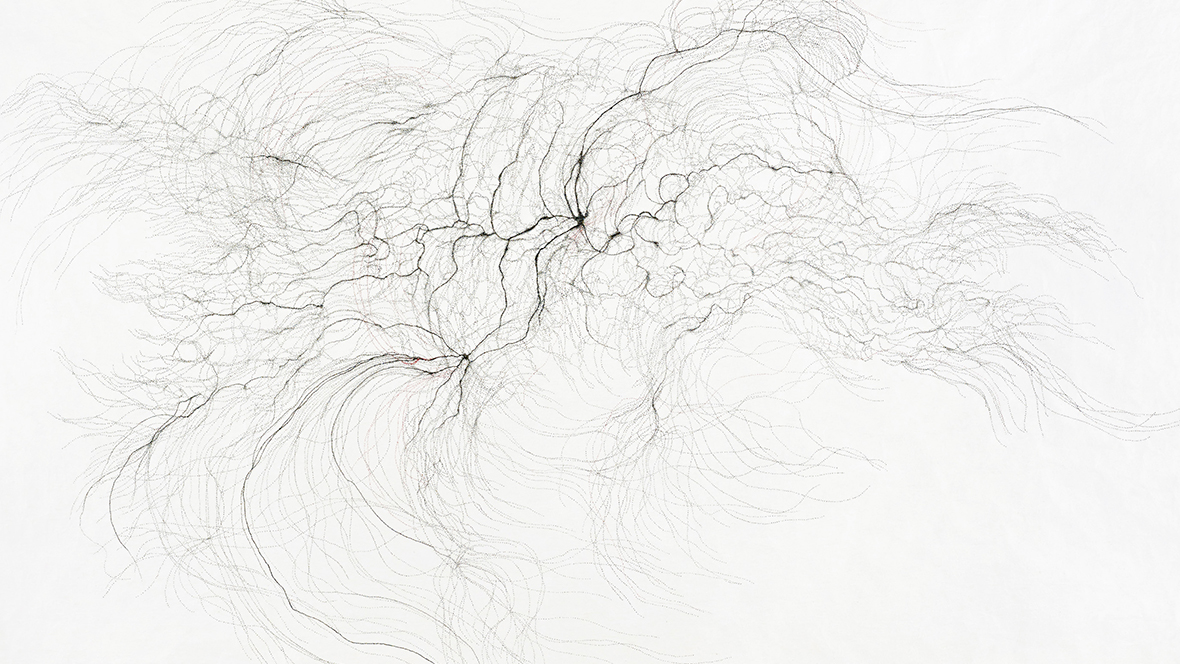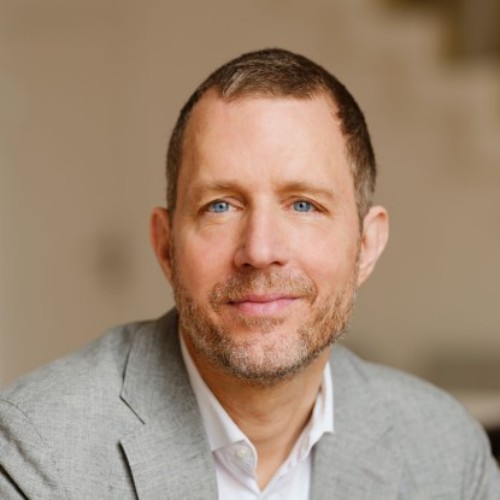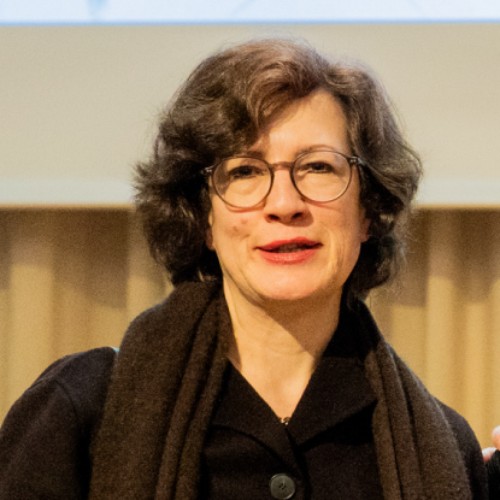Paula Doepfner, born in Berlin in 1980, studied fine art at the Berlin University of the Arts and Chelsea College of Art and Design London from 2002 to 2008. In London, she studied under Roger Ackling. She completed her studies in Berlin as a master student of Rebecca Horn. She has received numerous scholarships and awards, including the Hans Platschek Prize (2024), the Krull Foundation Working Scholarship (2023), the EHF Scholarship from the Konrad Adenauer Foundation (2021/22), the Albert Koechlin Foundation Lucerne Working Scholarship (2010) and the Elsa Neumann Scholarship from the State of Berlin (2008).
She has had institutional solo exhibitions in Germany and abroad, such as at the Kupferstich-Kabinett Dresden (2023), the Akademie Konrad-Adenauer-Stiftung (2022) and the Goethe-Institut, Washington, DC (2015). Her works have been part of group exhibitions in the following institutions, among others Berlin Medical History Museum of the Charité (2023), Museum Reinickendorf in Berlin (2022), Kunstforum der TU Darmstadt (2017) and Linden Centre for Contemporary Art, Melbourne (2013). Her works can be found in public and private collections such as the Kupferstichkabinett Berlin, the German National Library Leipzig and the Staatliche Kunstsammlungen Dresden. Paula Doepfner lives and works in Berlin.






































